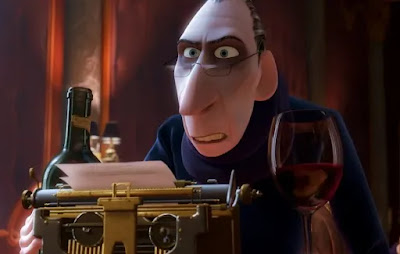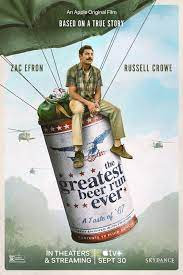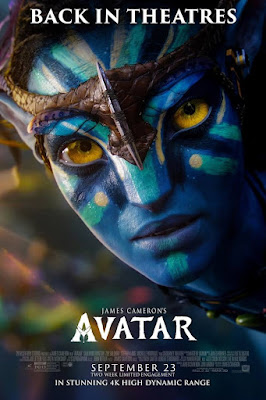Critical Mass

Anton Ego (Peter O’Toole) from “Ratatouille” Disney/Pixar Why do we read criticism? I can think of three reasons. It’s a learning experience in examining critical thinking, application of critical theory, and developing one’s unique aesthetic sensibility. If I have doubts or speculation about a film, book, piece of music, food, etc., there are critics who I am familiar enough with to get an idea of whether or not any given work is going to be something I’ll like or not. It does not mean that I will feel the same way about the piece, just that I can make a decision about spending money and time on one thing as opposed to another. It’s fun. Let’s take a look at these points, particularly in regard to film criticism, since this is a cinema-oriented site. I had to learn observational critical thinking as a young artist. At Houston’s High School for the Performing and Visual Arts, we were expected to respond to works and give valid reasons for supporting our responses. Yes,




